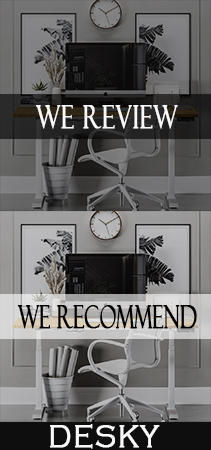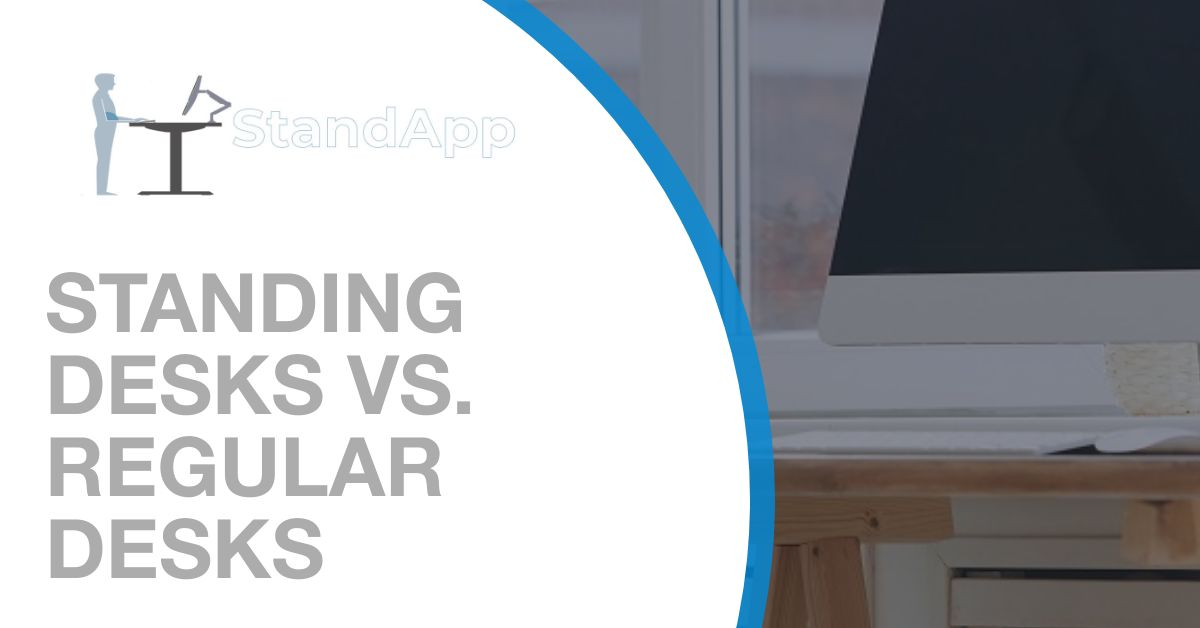
Are Standing Desks Better Than Regular Desks?
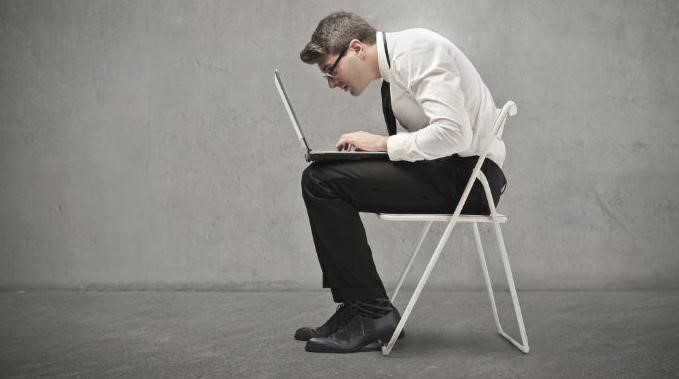 Unless you have been living under a rock, you will doubtless have heard that sitting sedentary at a desk all day is bad for your health. According to Dr. James Levine ‘sitting is the new smoking’, as sitting at a desk for five or more hours in a day has been described as being the health equivalent of smoking a pack and a quarter of cigarettes. It turns out that this goes much deeper than the issues coming from the curved spinal position that almost all of us take at a desk.
Unless you have been living under a rock, you will doubtless have heard that sitting sedentary at a desk all day is bad for your health. According to Dr. James Levine ‘sitting is the new smoking’, as sitting at a desk for five or more hours in a day has been described as being the health equivalent of smoking a pack and a quarter of cigarettes. It turns out that this goes much deeper than the issues coming from the curved spinal position that almost all of us take at a desk.
So why are we only starting to hear about standing desks now? Standing desks have actually been used by many prominent and influential figures throughout the centuries. Famous standing desk users included Winston Churchill, Friedrich Nietzsche, Ernest Hemingway, Charles Dickens and Benjamin Franklin, as well as contemporary front-runners including Tim Ferriss and Mark Zuckerberg.
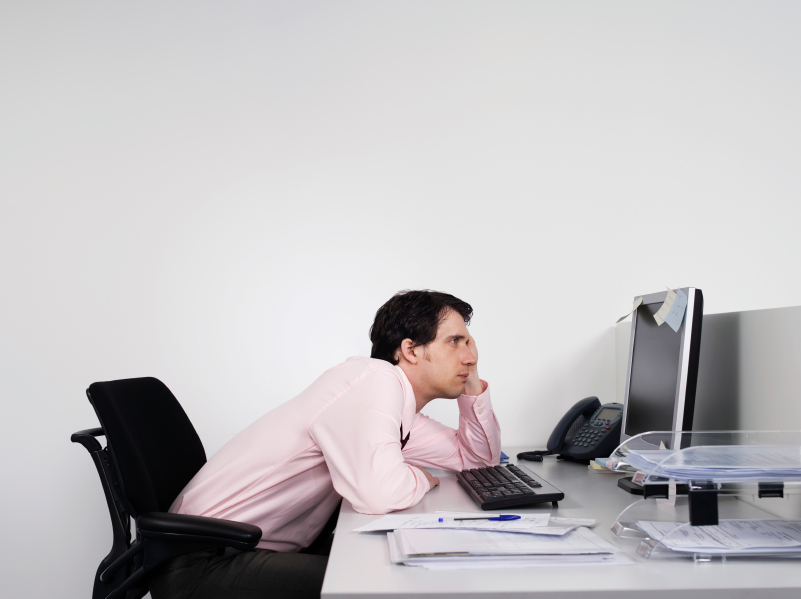
Why is sitting so bad?
What is so bad about sitting? Sitting for prolonged periods of time can cause a huge number of mental and physical problems, from head to toe.
Seated working can slow brain function. The slower pumping of blood and oxygen through the brain and body. This slows down brain function and also inhibits the release of brain and mood enhancing chemicals.
Sedentary work is well known to induce problems in the neck, shoulders and back, especially in those whose sitting posture is less than perfect (read: almost all of us). The standard position that we take at a desk pulls the neck forward and tilts the head down. Even worse is the phone-pinned-to-the-should position we take when we are typing, which can strain cervical vertebrae and cause permanent imbalances over time.
The problems also extend to your organs. Heart disease is caused when muscles burn less fat and blood flow slows down, allowing fatty acids to build up in the heart. Extended sitting has routinely been linked to high blood pressure and elevated cholesterol. Those with the most sedentary time are twice as likely to suffer cardiovascular issues than those with the least sedentary time. The pancreas produces insulin which carries glucose to cells for energy. Cells in idle muscles don’t respond correctly to insulin, prompting the pancreas to create increasing amounts. This can lead to diabetes. Colon, breast and endometrial cancers are also more common in those who have a sedentary lifestyle.
Sitting for long periods can also cause muscular issues. Extended sitting is a common cause of muscle degeneration, as muscles remain idle for long periods of time. Many also experience tight hips due to the constant contraction of the psoas muscles. Limp glutes are also a common problem because of the imbalance created by the forward-tilted posture, as well as not being used as regularly as they were designed to be.
Osteoporosis is another health issue which can result from an idle lifestyle. Those who do little physical activity are likely to find their bones weakening. Furthermore, poor circulation in the body due to inactivity can lead to a pooling of blood, and resultant swelling, in the legs and feet.
All things considered, Levine notes, “sitting is more dangerous than smoking, kills more people than HIV and is more treacherous than parachuting. We are sitting ourselves to death”. That all sounds a bit drastic – so what more do we need to know?

What Ergonomic Options Do I Have For My Workspace?
Essentially, the options here can be broken down into three categories: sitting, standing, and sit-stand desks. The former options are stationary workstations which allow you one mode of working, while the latter allows the user to alternate between sitting and standing as required which as we’ve covered previously has a range of health benefits.
For the vast majority of us, sitting desks are the default option. We find ourselves in a culture in which most of us are sitting for long, uninterrupted stretches of time. If you go to your average office, cafe, or co-working space, you are likely to be faced with many options for seated work, and very few, if any, for standing.
Sitting desks often present themselves as the most cost-effective option. Most regular tables can double for a desk, and sitting desks represent by far the biggest market share at present. Standing desks are likely to come under the $500-$1,000 bracket and the best sit stand desks in Australia will be in the $1,000-$4,000 bracket. For the majority of us, this presents a substantial investment. Those working from home may be wary to invest this money in a desk, and many corporate HR departments may also feel the same way. Those working for corporates with an existing company culture for alternative workstation options may find the conversation with Human Resources to be a much easier one.
Those who do not have a set workstation will, of course, struggle to customise the space to the full desired extent. If you are part of the growing tribe of people who travel a lot for work and find themselves in co-working spaces and cafes, you will know the struggle (and the joy) of not having a single place from which you do all your work. Although you may find some options for different workspace setups, these are rare compared to standard seated desks and tables. You will, more than likely, be forced to make the best of whatever is made available to you.
It is important that you are not fooled into swapping sitting all day for standing all day. Standing still all the time will also come with its fair share of resultant health problems, such a pressure on joints and swelling of legs and feet. The fact is that doing too much of anything is bad for your health.
Sit-stand desks have the edge over their fixed height counterparts because they are adjustable. This gives you much greater flexibility over the workspace and the ability to switch between sitting and standing setups as required. This will help to mitigate the mental and physical ailments associated with spending all day in either position.

So what are the options?
Essentially, the options here can be broken down into three categories: sitting, standing, and sit-stand desks. The former options are stationary workstations which allow you one mode of working, while the latter allows the user to alternate between sitting and standing as required.
For the vast majority of us, sitting desks are the default option. We find ourselves in a culture in which most of us are sitting for long, uninterrupted stretches of time. If you go to your average office, cafe, or co-working space, you are likely to be faced with many options for seated work, and very few, if any, for standing.
Sitting desks often present themselves as the most cost-effective option. Most regular tables can double for a desk, and sitting desks represent by far the biggest market share at present. Standing desks are likely to come under the $500-$1,000 bracket and sit-stand desks in the $1,000-$4,000 bracket. For the majority of us, this presents a substantial investment. Those working from home may be wary to invest this money in a desk, and many corporate HR departments may also feel the same way. Those working for corporates with an existing company culture for alternative workstation options may find the conversation with Human Resources to be a much easier one.
Those who do not have a set workstation will, of course, struggle to customise the space to the full desired extent. If you are part of the growing tribe of people who travel a lot for work and find themselves in co-working spaces and cafes, you will know the struggle (and the joy) of not having a single place from which you do all your work. Although you may find some options for different workspace setups, these are rare compared to standard seated desks and tables. You will, more than likely, be forced to make the best of whatever is made available to you.
It is important that you are not fooled into swapping sitting all day for standing all day. Standing still all the time will also come with its fair share of resultant health problems, such a pressure on joints and swelling of legs and feet. The fact is that doing too much of anything is bad for your health.
Sit-stand desks have the edge over their fixed height counterparts because they are adjustable. This gives you much greater flexibility over the workspace and the ability to switch between sitting and standing setups as required. This will help to mitigate the mental and physical ailments associated with spending all day in either position.
The optimal standing desk setup is a very specific one, as outlined in this handy graphic . It is worth noting that it can be difficult to achieve the optimal setup with a laptop as you have less flexibility in the location of the screen, keyboard, and mousepad. Investing in an external monitor and/or a keyboard and mouse can afford you much more control over your workstation setup.
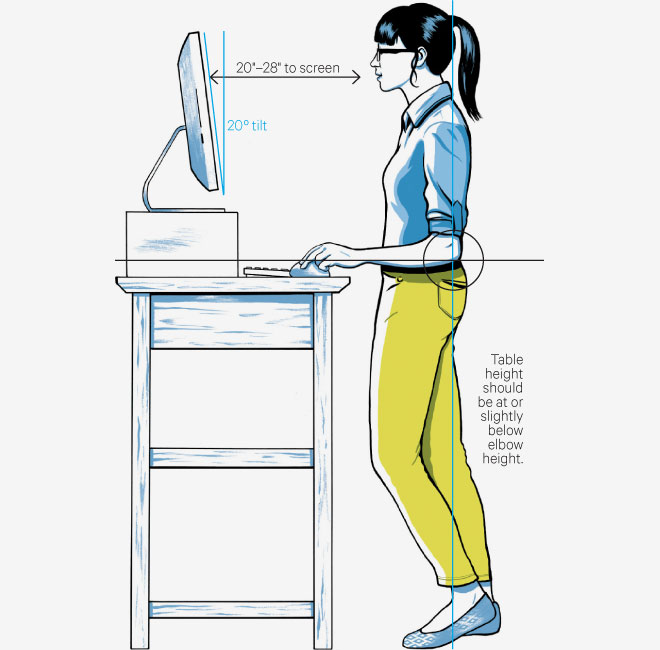
What are the recommendations?
Experts recommend that in order to avoid the mental and physical problems associated with prolonged periods of sitting, you should stand up every 20 minutes (https://www.ncbi.nlm.nih.gov/pubmed/22374636). By simply standing up, moving and contracting muscles, you are reducing your risk of developing diabetes or heart disease, or premature death more generally (http://deliciousliving.com/blog/stand-your-desk-every-20-minutes-and-other-tips-could-save-your-life). Regular movement promotes increased blood flow to the brain, improves concentration, engagement, and productivity, and generates more new brain cells over time. An added benefit of contracting the muscles in your legs is that it will lead to an increase in the enzymes that break up fat in your bloodstream.
So what is the best exercise? It actually doesn’t really matter – it could be anything at all. The human body doesn’t care, it just wants to be moving regularly. It is only very recently in human history that we have been living lives that involve a large amount of sitting around.
Those of us who try to counteract endless hours seated at a desk with intense physical activity are not exempt from the dangers of sitting. If you are a crossfitter or are training for a triathlon, you may be super fit, but you are still likely to encounter the health problems associated with prolonged sitting https://www.runnersworld.com/health/marathoners-run-a-lot-and-also-sit-a-lot . Unfortunately, the only reliable remedy to these issues is to commit to movement at consistent intervals throughout the day.
If you do choose to change from a seated setup to a standing one, don’t try to do it all at once. Transitioning straight to standing all day will feel very unnatural and very uncomfortable for those who are not used to it. Instead, try to transition to spending more time on your feet. It also pays off to make sure that you are barefoot if possible, and have a gel mat where you plan to stand to ease pressure on your legs and feet.
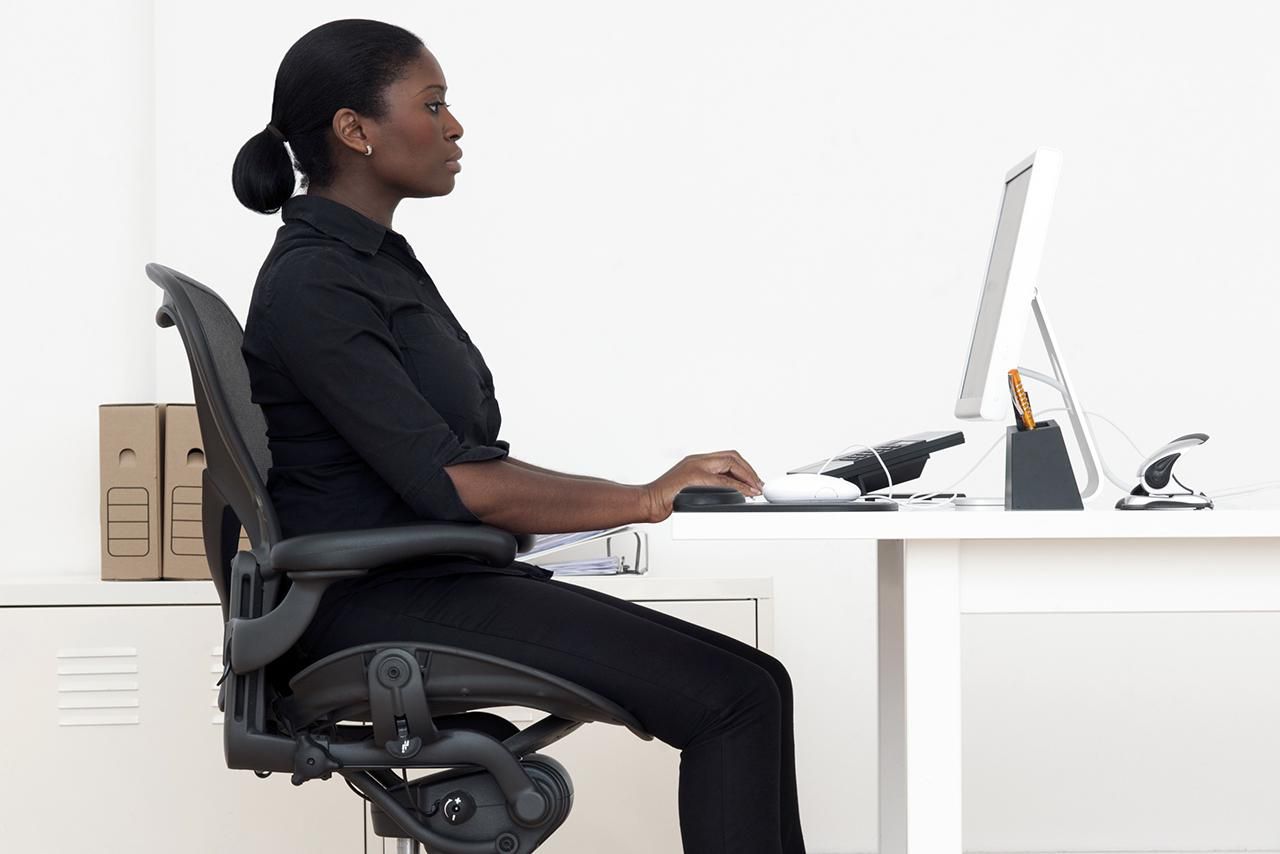
Are there any work-arounds?
So in reality, then, neither a sitting or standing desk will promote optimal health on its own. There is a range of recommendations from experts which you can incorporate into your work routine. If you do choose to sit while working, sitting on an exercise ball or a specifically designed chair will encourage movement whilst seated, which can mitigate much of the negative effect of being seated for so long. If you choose to stand and work, try and make sure that you are moving, swaying and stretching regularly as opposed to standing still. You can also look at changing workplace habits by doing things such as taking the stairs, moving while taking phone calls, holding walking meetings, and talking to colleagues in person rather than calling or emailing. Periodic stretching of the hip flexors and doing some yoga poses can be hugely beneficial.
Ultimately there is no desk that is, in and of itself, the perfect solution. Whilst the optimal setup for most would be a sit-stand workstation, making this change is not enough on its own to counteract the negative effects of the sedentary office-based lifestyle. The secret lies in a combination of workstation setup and interspersing more regular movement throughout the day, which you can expect to present a significant change in mindset if you are not used to it. Stick with it, though, and the myriad benefits will astound you.

